By Jay Palter | December 7, 2023
B
usiness growth is something to celebrate. But as revenues grow, so too does the complexity of your organization as it tries to support and sustain that growth. And unfortunately, information technology tends to increase in complexity faster than other aspects of business infrastructure.
As your sales mount and revenues climb, your workforce expands. That generates the need to procure additional laptops, mobile devices, and handheld electronics.
Maturing organizations also typically in-source more and more of their operations they had previously left to third-party service providers. That leads to new HR, finance, and accounting actions happening in-house. All of which also require their own additional IT support and a broader IT framework.
Businesses on such a growth trajectory inevitably need a robust IT asset management (ITAM) strategy. ITAM frameworks become the linchpin for effectively overseeing the lifecycle of hardware and software assets. Following a comprehensive ITAM strategy offers many advantages:
- Mitigating operational interruptions
- Easier strategic budget planning
- Better risk management
- And they offer new, profound insights into how IT functions in your organization.
If you're contemplating whether a new ITAM strategy and management systems to support it might be worthwhile, this article is here to answer your questions. We will explore what ITAM is, what core processes an ITAM strategy follows, and share some of the most effective use cases for IT asset management at organizations of all sizes across business sectors.
What is ITAM?
IT Asset Management (ITAM) is a set of business practices designed to maximize the value derived from IT equipment within an organization. By collecting and analyzing financial, inventory, and usage data, ITAM tools carefully track the lifecycle of your IT assets. Typically, IT asset tracking software manages hardware, software, or both.
Hardware management

The more complex your hardware inventory becomes, the more careful management your company needs to utilize it effectively. This includes desktop computers, laptops, mobile devices, handheld industrial electronics, and peripheral components like keyboards, printers, and copiers. Proper ITAM prevents excessive overhead administration for your devices, downtime, and shorter life cycles. Organizations must monitor asset ownership, deployment locations, usage patterns, and repair statuses to maintain the health of an entire enterprise-level hardware ecosystem.
Software management
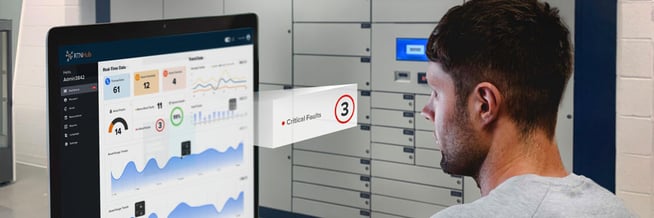
Many organizations also want to track their software assets. Software is often licensed based on the number of users who use it. ITAM processes for software empower organizations to monitor compliance with end-user licensing agreements, ensuring adherence to licensed software applications. This enables organizations to assess their compliance status, plan for future licensing payments, and optimize the usage of each software license.
When used properly, IT hardware asset management is a strategic practice. It is more than just the sum of its data collection, asset security, and access control functions. ITAM generates accountability and control over your most important IT assets, helping your organization maximize the value it generates from those assets over the longest life cycles possible. The true value of an ITAM system emerges when leadership leverages this information to make informed decisions.
What processes make up IT asset management?
Performing IT asset management is not a one-time project. You don’t do it once and expect it to be finished. ITAM is a process that teams execute regularly. While specific processes can vary organization-organization, most ITAM strategies include a few similar processes, such as:
- Inventorying assets
- Calculating lifecycle costs
- Tracking
- Maintenance
- Financial Planning
Inventorying assets
At the onset of the ITAM process, teams create a comprehensive inventory of all IT assets. This involves meticulous documentation of asset details, including their location, acquisition dates, and costs.
Calculating lifecycle costs
Moving forward, the second step entails calculating the lifecycle costs for each asset in the inventory. Various costs may accrue over an asset's lifespan, such as maintenance, capital expenditures, and disposal costs. Precise calculation of lifecycle costs ensures the inventory remains accurate and provides actionable insights.
Tracking
This is where most of the activity in ITAM takes place. Tracking involves the implementation of an asset management tool to monitor IT assets continuously throughout their lifecycle, such as who has access to them, how they’re used when faults are reported, when they’re lost or missing, and other important events. Effective tracking sets the stage for the next step: maintenance.
Maintenance
Maintenance activities include repairs, upgrades, and replacements. All these activities are meticulously tracked within the ITAM tool, generating valuable data that aids in understanding the overall performance of each asset.
Your IT assets are expensive, but often, what is even more costly is the downtime their absence can cause. If a laptop isn’t available when a field technician needs it, or a handheld scanner isn’t charged when a warehouse worker starts their shift, your organization is paying for lost labor.
Learn More: Optimizing Asset Maintenance Management for Growth
Financial planning
The final step is financial planning. With an accurate understanding of IT assets, asset lifecycle management stages, and associated costs, organizations can strategically plan for the future. Financial planning aims to determine the budget required to sustain or enhance the levels of service provided for critical assets. Successful management may require maintaining a high level of service, while underperforming assets might necessitate increased investment for improved service in the future.
What work can you do with an ITAM System?
IT Asset Management (ITAM) is a data-generating and data-driven practice. Gone are the days of paper records attempting to track the use and movement of IT assets within organizations. Modern business demands a more sophisticated approach. Leading organizations harness IT asset management systems to manage access to their equipment and maintain comprehensive records of their status and use. As we’ve stated, the goal is always to inform decision-making better.
There are a number of ITAM benefits. Here are some of the most popular and cost-effective activities with a dedicated IT asset management system.
Comprehensive hardware asset tracking
Remember, lost devices are costly, but the downtime incurred by their absence is often more costly. That is why automated access control and robust tracking form the backbone of an effective IT asset management strategy. You’re aiming to build more than a list of available assets. You’re tracking who uses which devices, how they’re using them, and when they’re scheduled for return so other employees will have them available. This transparency empowers organizations to make strategic decisions regarding their assets, personnel, and overall IT infrastructure.
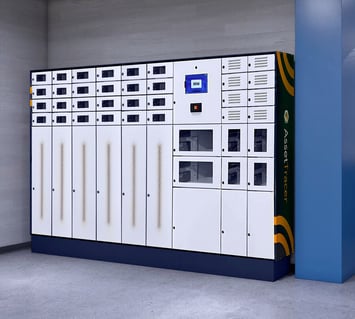
Loaner device management
Efficiently tracking and managing vital equipment ensures assets are utilized effectively. Centralized systems for requesting loaner devices maximize asset availability and keep operations flowing efficiently. They should track essential details like requester information, deployment location, asset model, usage duration, and justification. This process ensures accountability and facilitates streamlined equipment loan workflows.
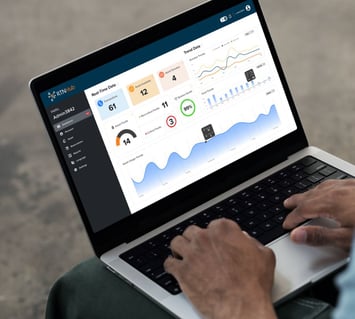
Create a Single Source of Truth (SSoT) for IT assets
Like any good business practice, ITAM creates order from chaos. By consolidating data into a centralized management system, you eliminate the need for disparate tracking methods, promoting a singular repository for asset information. This unified approach creates a single source of truth (SSoT) that all business units can reference to understand everything they need to know about corporate devices. This enhances efficiency by minimizing the manual effort spent tracking devices, monitoring usage, and managing processes involving asset handoff between business units—such as scheduling IT asset maintenance.
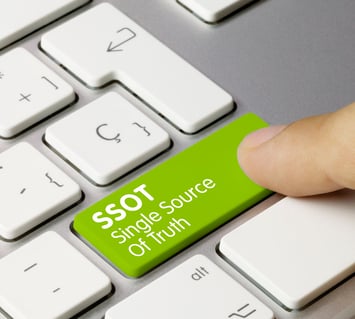
Hardware usage analysis
IT asset management software is pivotal in assessing device purchases and utilization. This helps organizations optimize procurement schedules, set hardware budgets, and cut costs associated with underutilized resources. Cost reduction in ITAM happens all over the place.

Maximize productivity
Well-designed asset management tools support ITAM and other comparable and synergistic business management practices, including Lean. Effective asset management supports processes, aiding in change management and incremental improvement.

Contain costs through persistent usage monitoring
Consolidating and regularly reviewing assets reveal redundant purchases, deployments, or underutilized resources, leading to informed decisions that reduce unnecessary expenditures. In essence, IT Asset Management emerges as a cornerstone for organizations seeking operational excellence, cost efficiency, and strategic alignment of IT resources.

How to get started with ITAM strategies and systems
Spinning up a brand-new IT asset management program might appear overwhelming, but initiating the process with a straightforward asset inventory can pave the way for success. Assess your existing processes and infrastructure rather than attempting a comprehensive system overhaul in one go. This step allows you to pinpoint improvement areas, enabling gradual adjustments for an optimized asset management strategy. See if you can find a quick win by concentrating on vital business functions and addressing challenges affecting them initially.
Selecting an asset management system and an approach that aligns with your current requirements and scales with your organizational growth is crucial. Opt for a flexible solution that seamlessly adapts to evolving needs as your business landscape transforms. A pivotal element for effective IT asset management is fostering a culture of collaboration and transparency. Ensure that pertinent individuals have timely access to essential information, cultivating an efficient and productive environment.
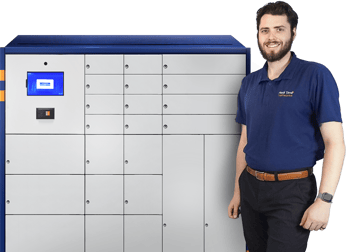
Are you looking for more help building an asset management program?
Contact Real Time Networks today for a free demo of AssetTracer smart asset management systems.
Subscribe to our blog

Jay Palter
Vice President of Marketing & Partnerships




